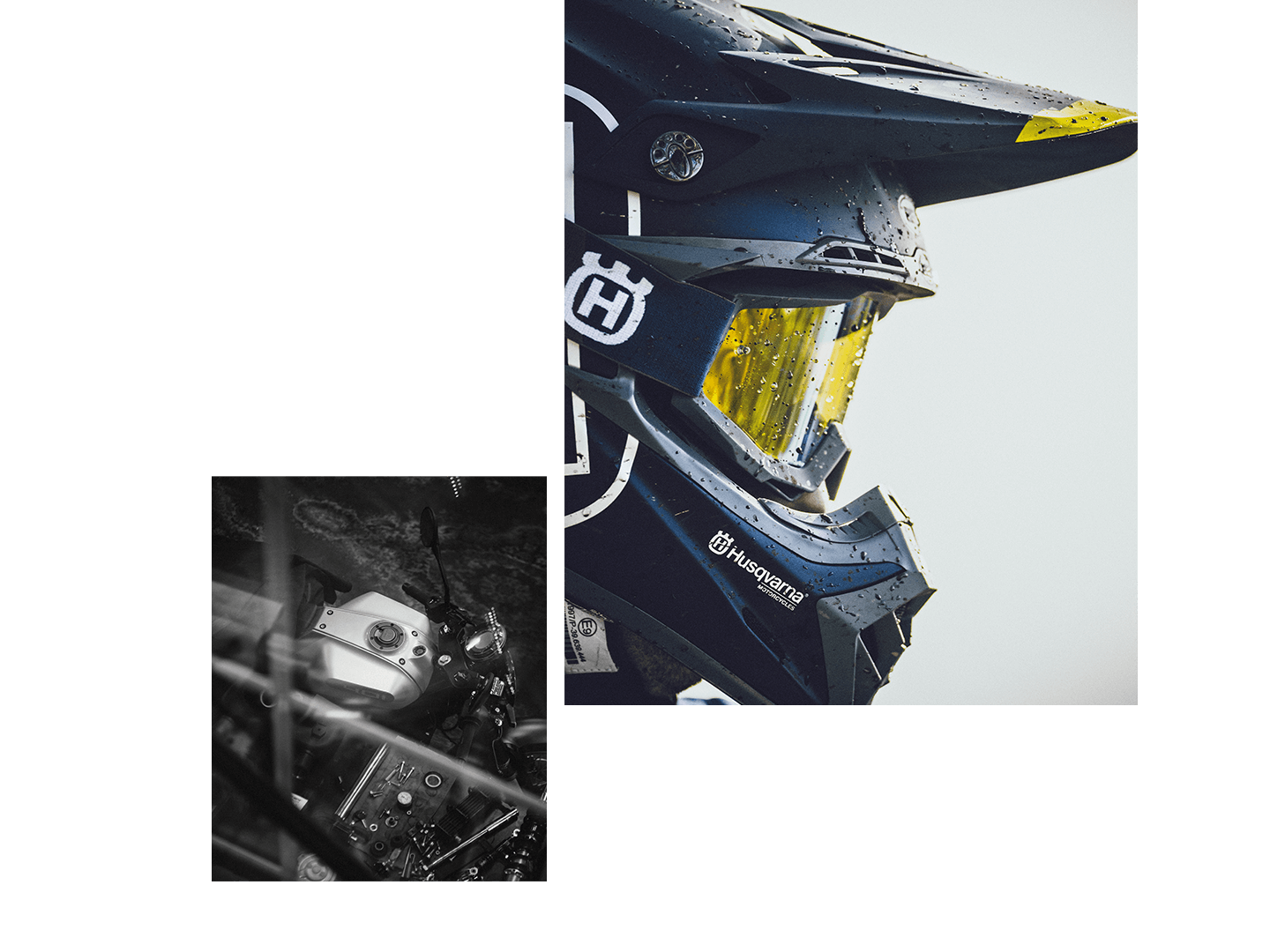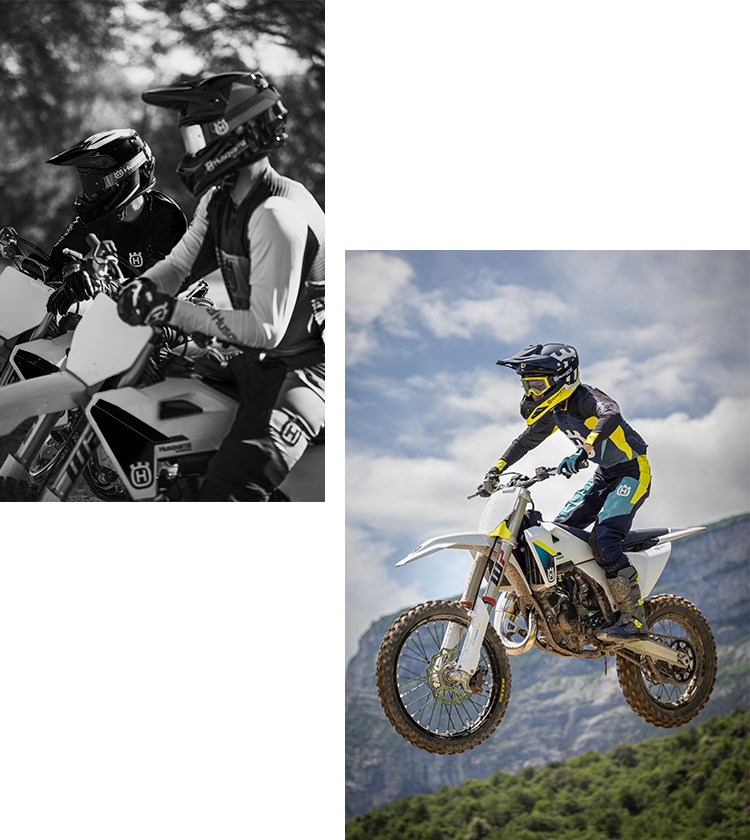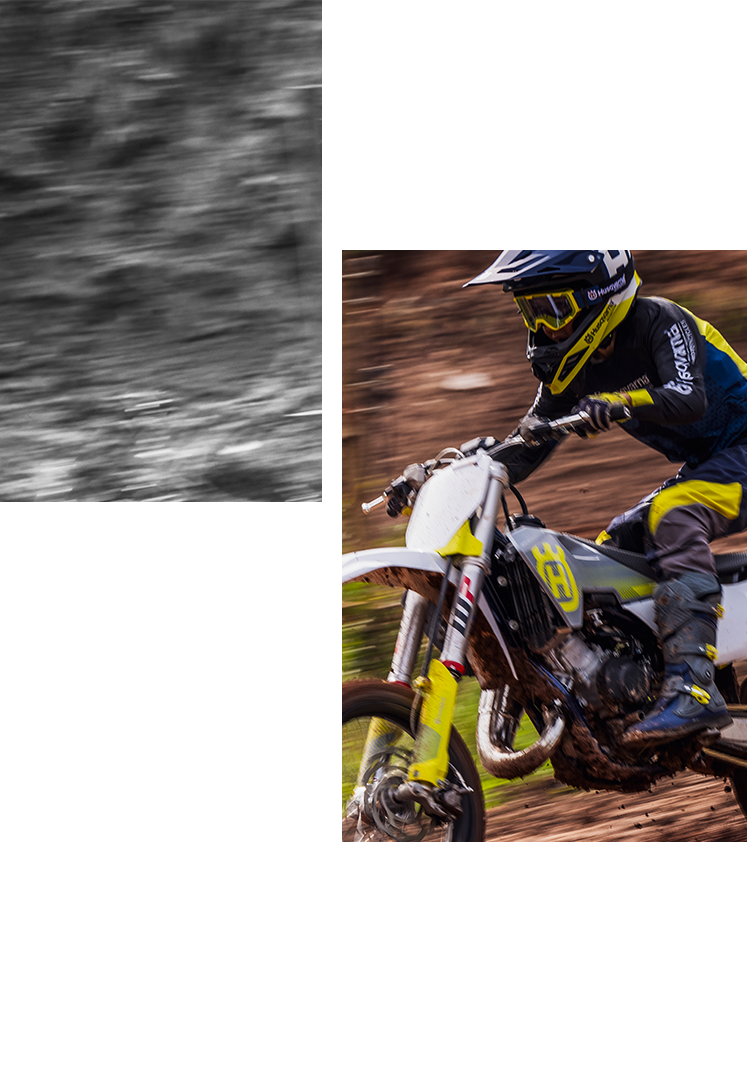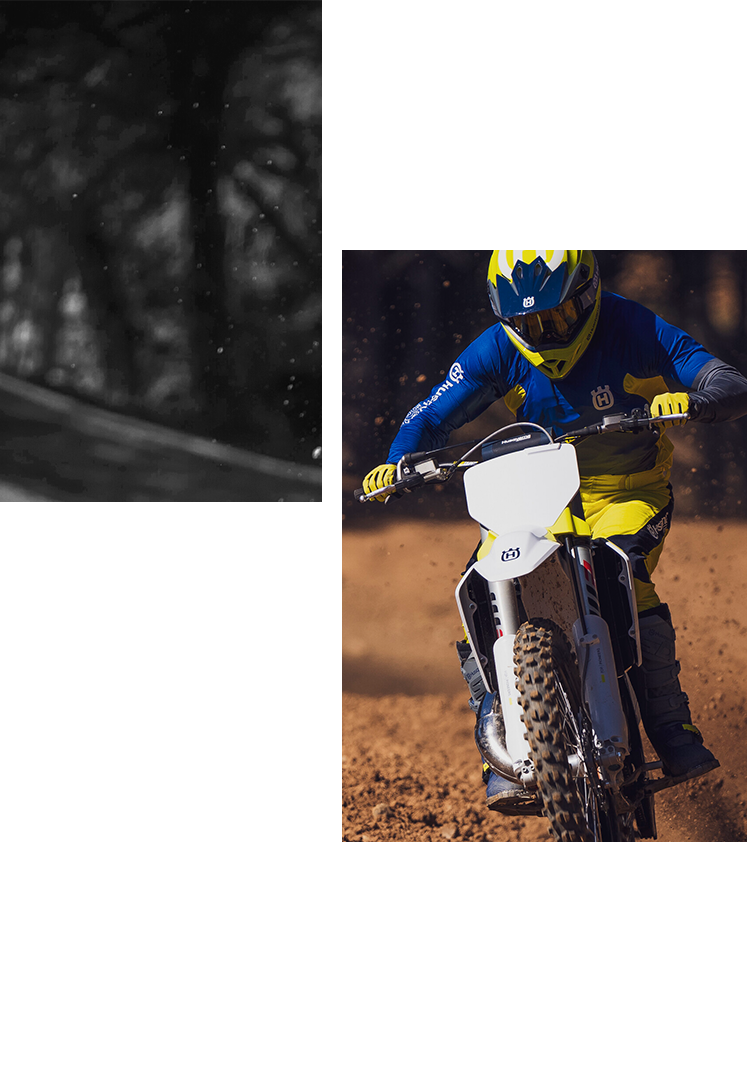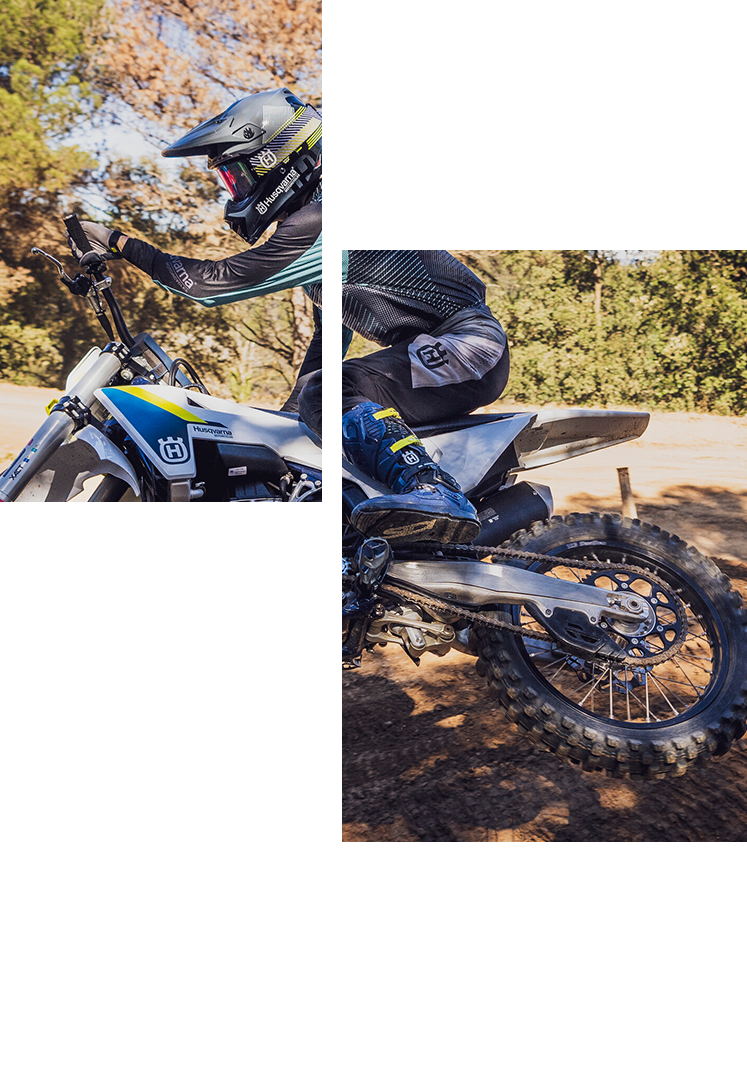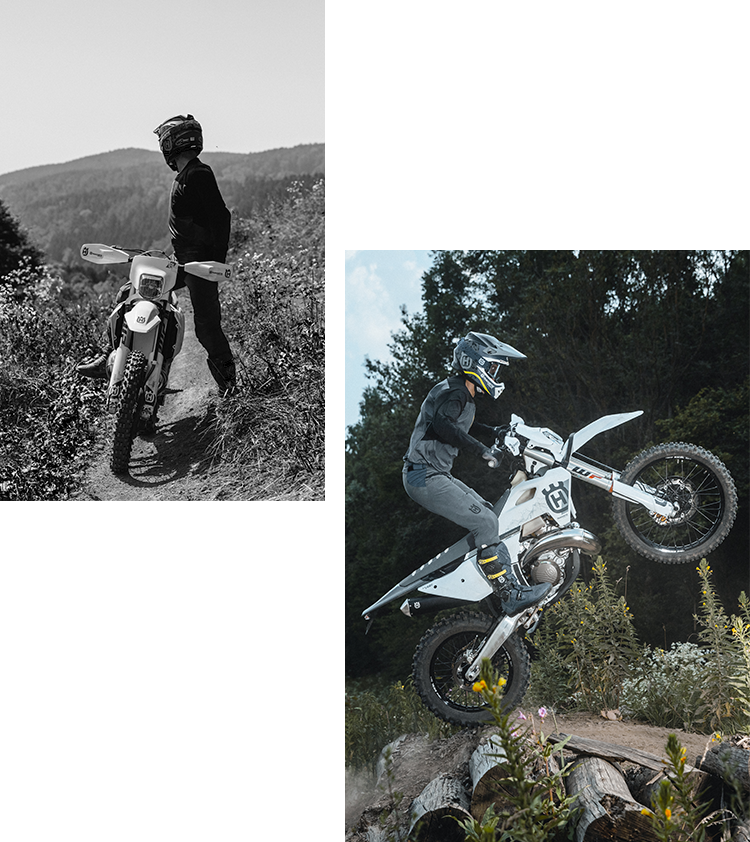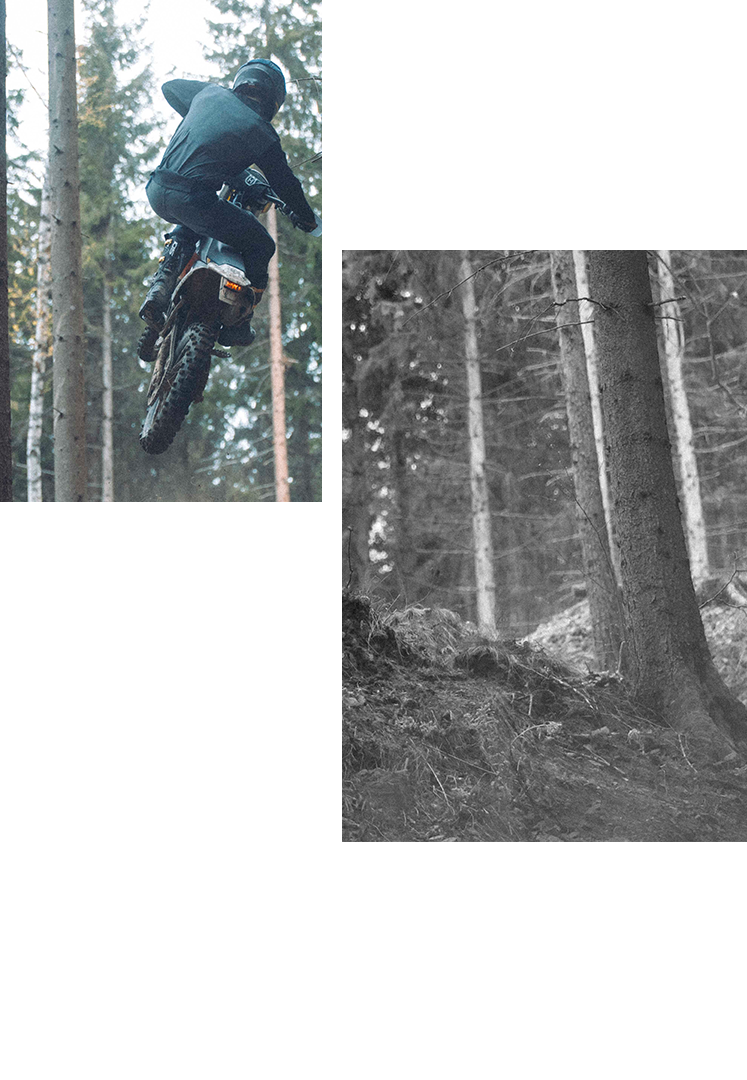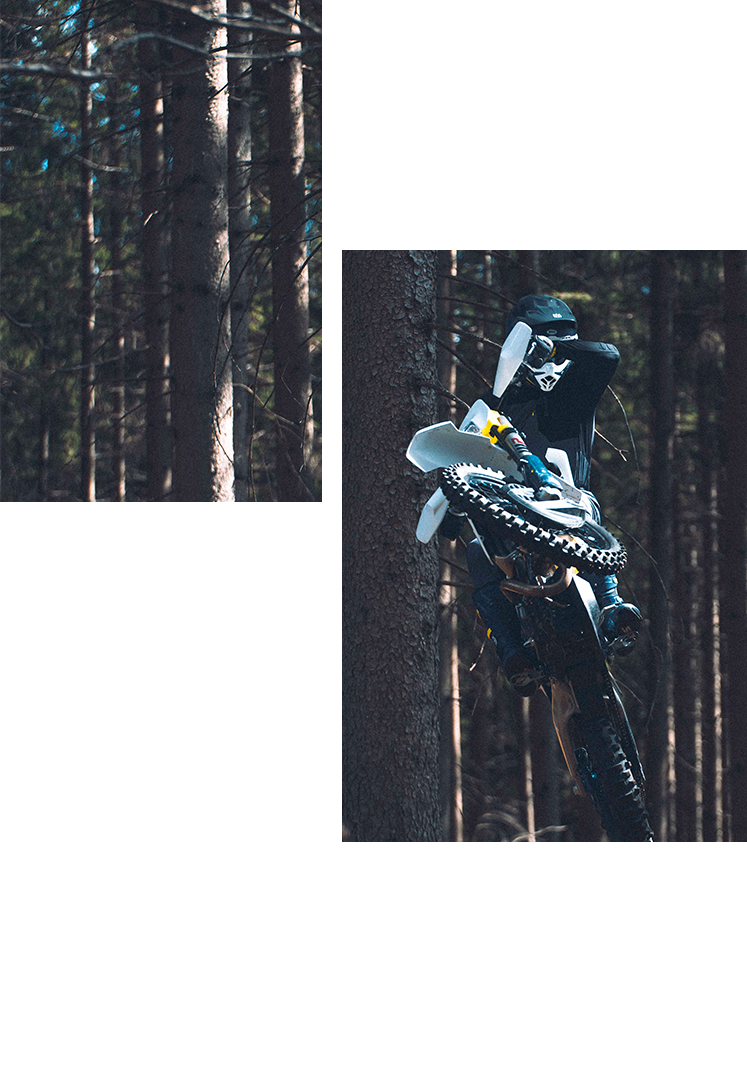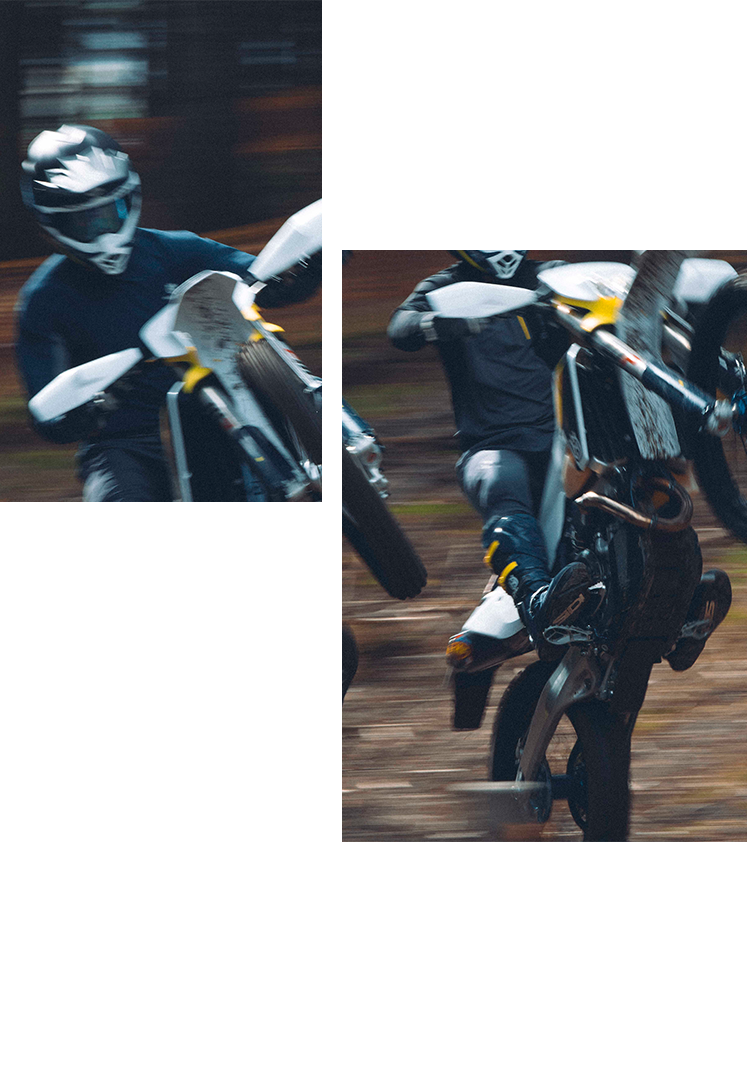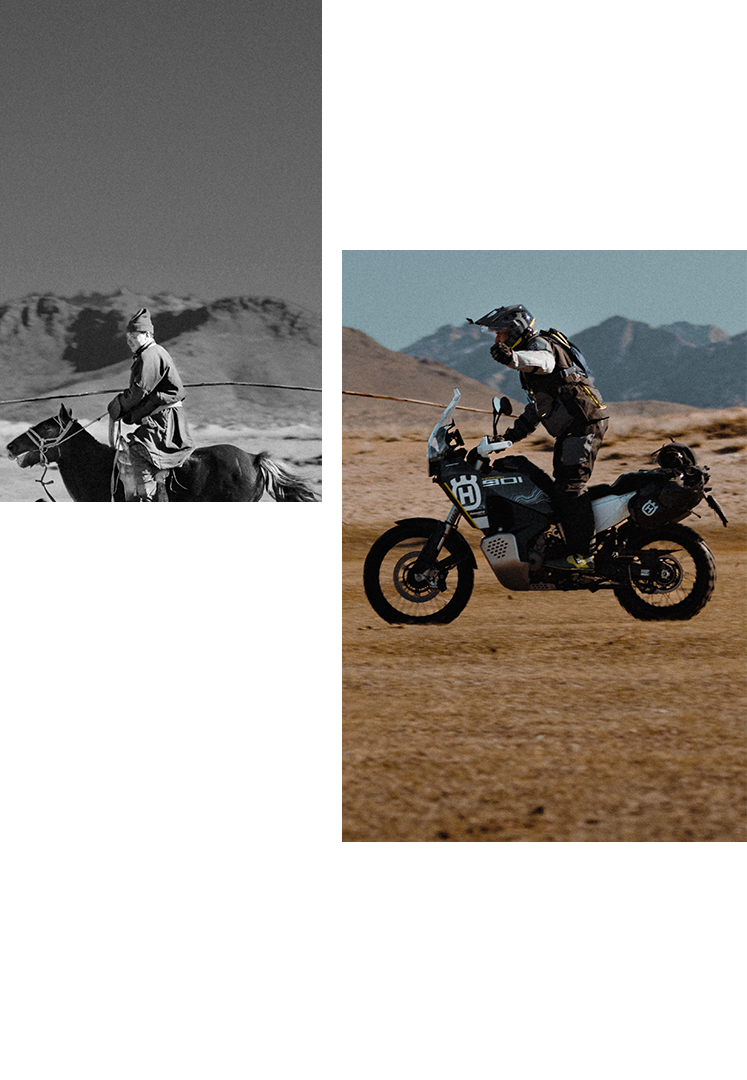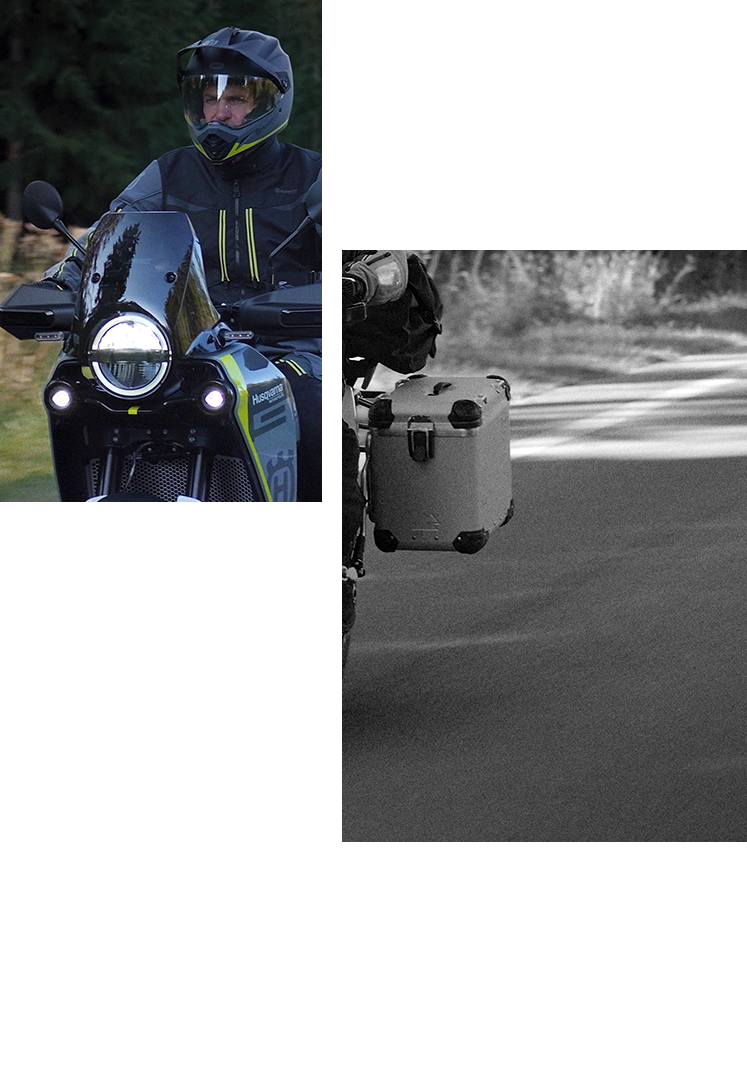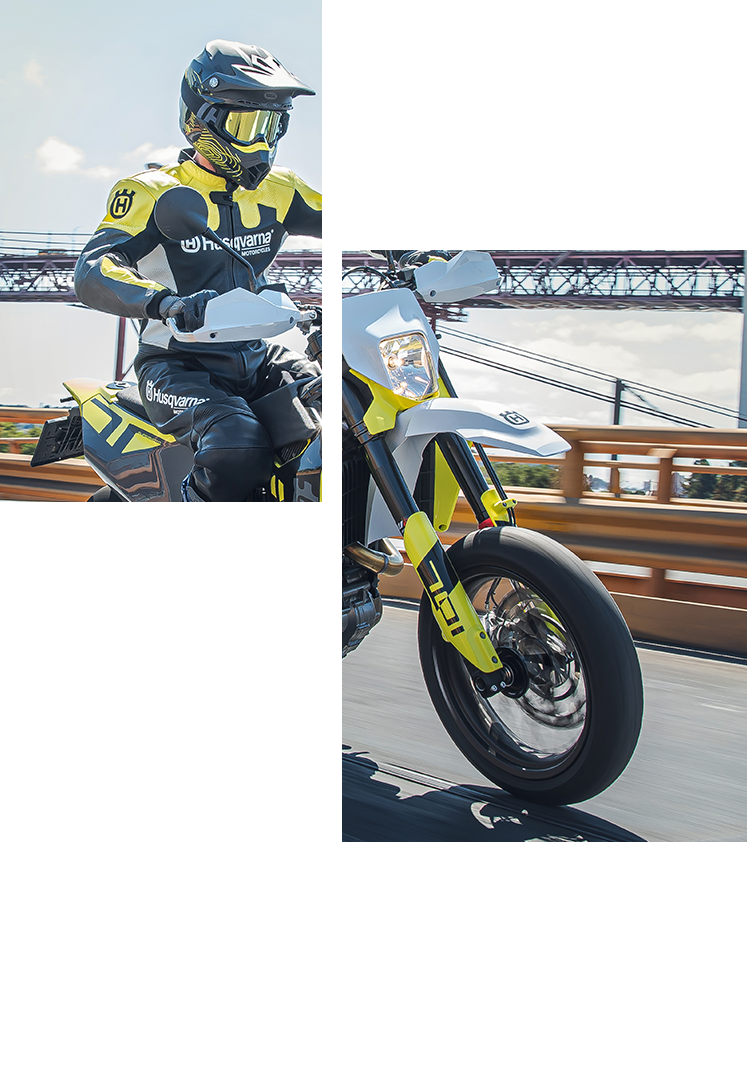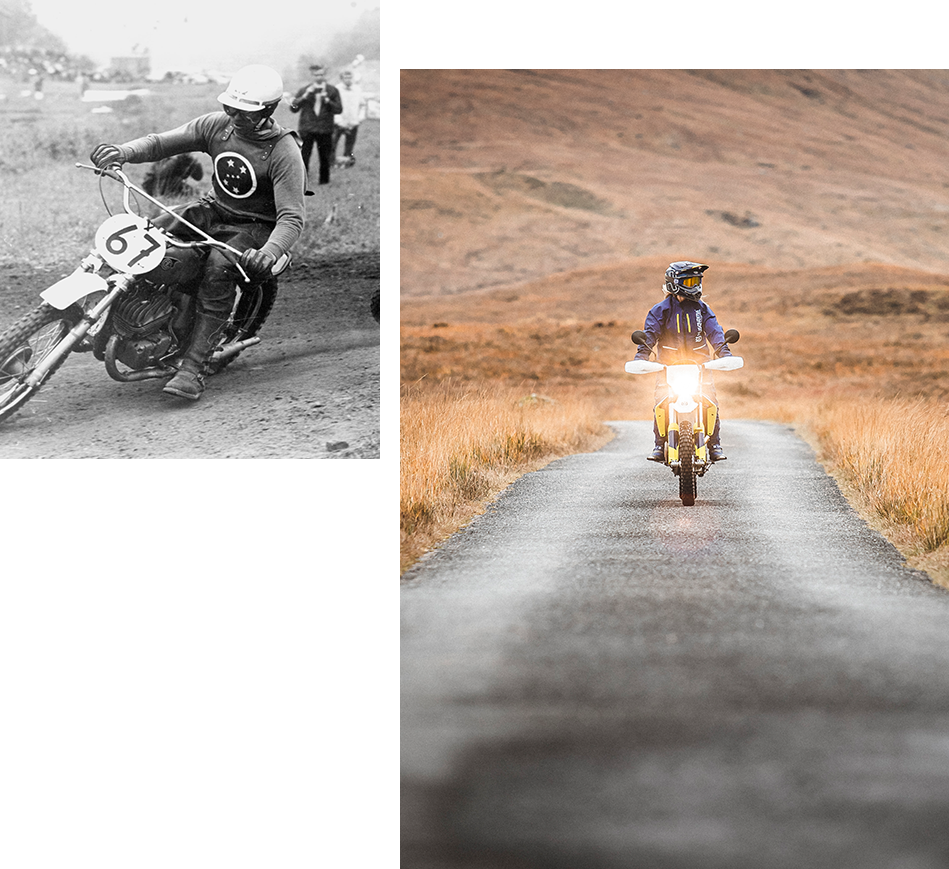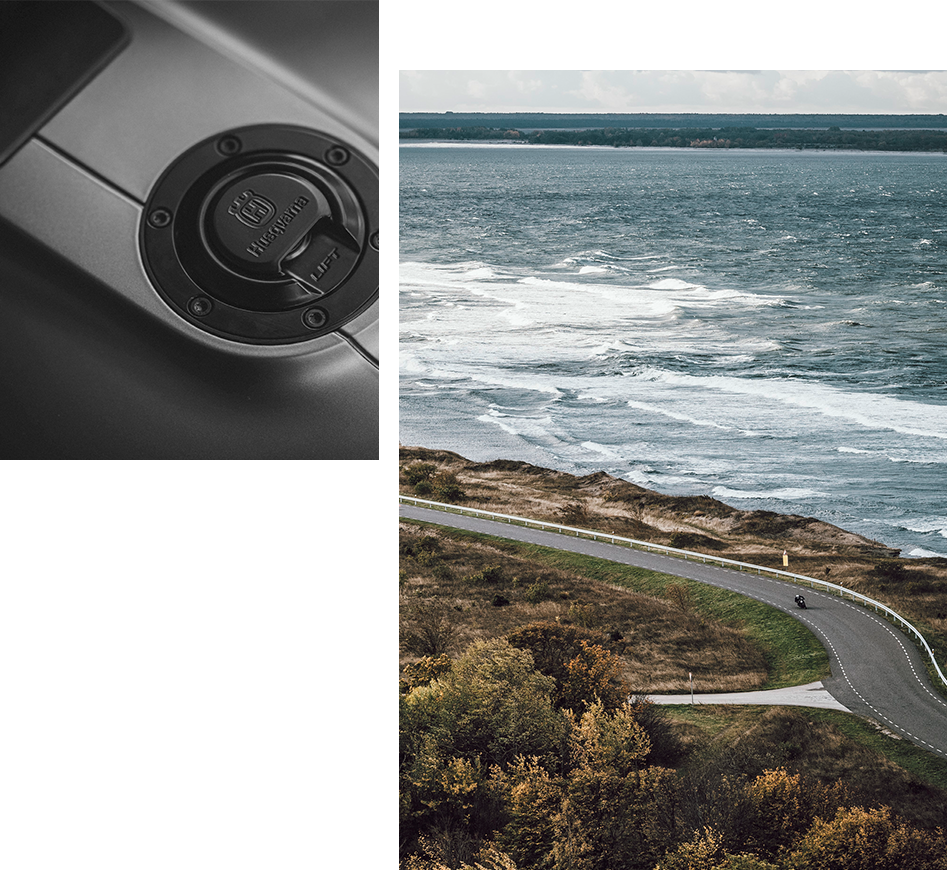Husqvarna breakthrough
By Kenneth Olausson
In the 1930s the Husqvarna brand name was famous throughout the world. But it was motorcycle genius Folke Mannerstedt who truly put Husqvarna on the map by developing four stroke engines that eventually won three motocross world titles in the 1960s…
Beside his technical competence, Civil-engineer Folke Mannerstedt started his motorcycle racing career in the late 1920s. At that time his machine was running on methanol. One memorable story comes from a hill climb race, which he won before needing to fill up his tank in order to get to the prize giving ceremony: "At the time most people didn’t know what methanol was", Mannerstedt told at a later stage in his life, "I had just a little fuel in my tank, which was not enough to go to the prize ceremony, so I asked one of the bystanders to go and get some water. I diluted the fuel with water and then rode away to the great surprise of the spectators…”
Folke Mannerstedt came to Husqvarna in the winter of 1929. His initial task was to develop a new four stroke engine suitable for racing, as well as in street machines. Up until now Husqvarna had been using single-cylinder English power sources, but Mannerstedt had his eyes on making a V-twin engine with a displacement between 350cc and 1000cc. The crankcase were to be the same in this package regardless of capacity, but of course with varying components so that this power-plant could be used with flexibility. Husqvarna intended to race in all categories: the famous Six Days, the legendary Isle of Man, road races, hill climbs, track events, enduros (at the time called reliability racing) and finally record runs both during the winter on ice and in the warm seasons. The ultimate goal was of course to sell road bikes.
The first product developed was a 500cc power plant used in the Six Days with a performance of 25bhp, which later would be increased to 30bhp. Almost simultaneously a 700cc version was ready for sidecar racing, later to be cut in two, which resulted in a 350cc engine of the same concept. The latter was used for record attempts on ice and you would see Folke Mannerstedt himself straddling the machine that broke new ground. All these machines were, by the way, also registered for street use as the technicians wanted to be able to try out the bikes on ordinary roads. The most famous Husqvarna registration number was F42, which is still recognized today as a legendary number at Husky.
In 1930 Folke Mannerstedt lead the Husqvarna team to the famous TT races in Saxtorp, southern Sweden. The Swedes brought four machines to the starting line and were rewarded with a fine third place. The very same year Mannerstedt set a new world speed record in the 350cc class using "half" of the new V-twin. Folke used the forward cylinder since it was better cooled than the rear one. In 1931 the machines were improved, which resulted in a weight of 177 kilos – a little bit too much to be really competitive. Still, Husqvarna with its team riders won over 180 victories that same year.
In the years of 1932 and 1933 Husqvarna were dominating the European scene with factory riders Gunnar Kalén, Ragnar Sunnqvist and Åke Jönsson, winning one trophy after the other. The Swedes were beating the famous British teams. 1934 was a disastrous season for Husqvarna loosing their number one rider Kalén in Germany after a fatal accident. The board of directors decided to end racing and Folke Mannerstedt left the factory in 1935, despite an offer to continue working for the company.
But civil-engineer Folke Mannerstedt chose to be a consultant for the rest of his life. At a later stage in his life he developed a Husqvarna four stroke 500cc engine, which became the start of the factory's successful motocross era. It began already in 1960 when Bill Nilsson won the world championship on his 500cc Husky four stroke, once developed by Mannerstedt. Rolf Tibblin took another two WC titles in 1962 and 1963 before the four stroke era was replaced by the quick and more lightweight two strokes.
